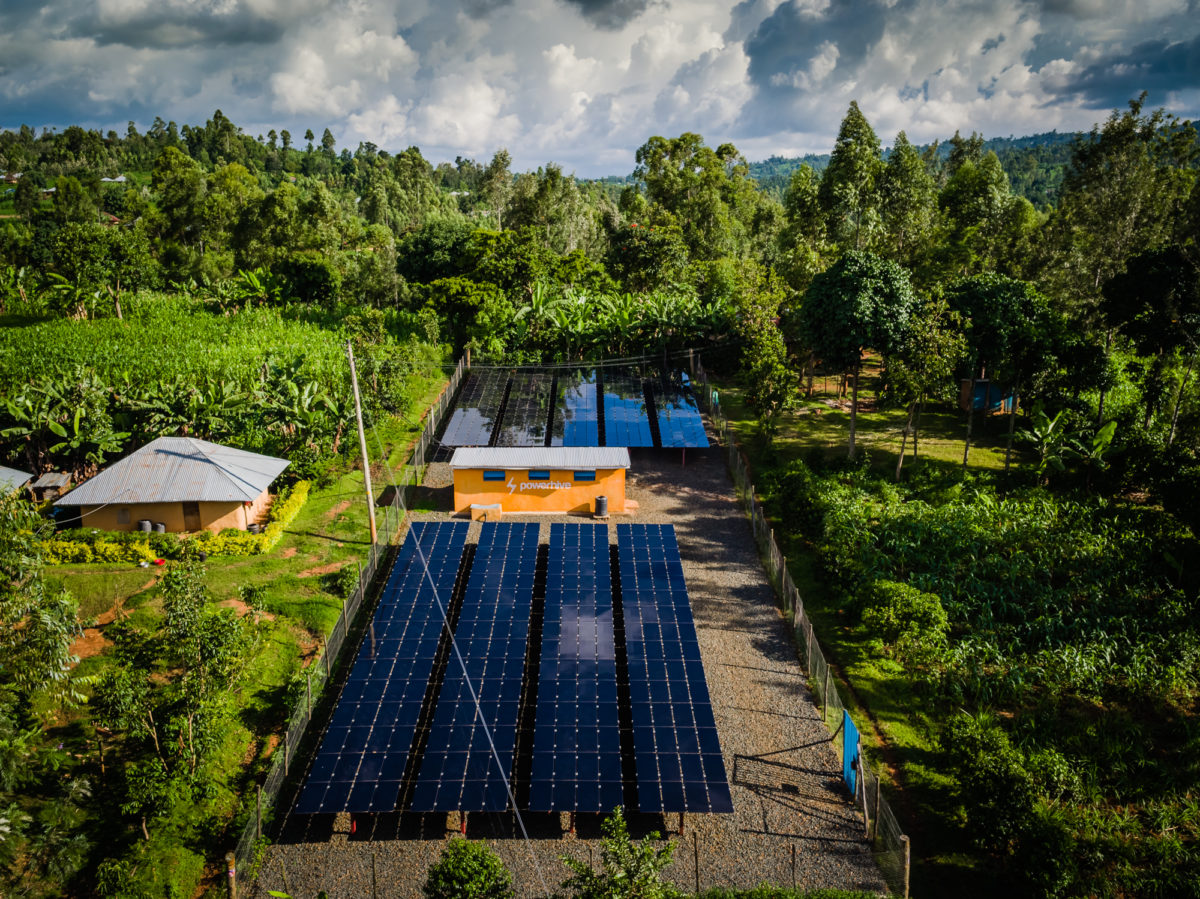
Contents
Introduction
Solar-Powered Microgrids have emerged as a revolutionary solution to provide electricity in remote communities around the world. This article explores the relevance and importance of this topic, shedding light on why it is worth further exploration. By harnessing the power of the sun and utilizing renewable energy sources, Solar-Powered Microgrids offer a sustainable and reliable source of electricity for communities that are often left in the dark.
Historical Background
The history of Solar-Powered Microgrids dates back several decades as researchers and experts recognized the potential of solar energy. Significant milestones and advancements have paved the way for the development of these microgrids. From the early experiments in solar power to the breakthroughs in energy storage systems, the field has witnessed remarkable progress, making Solar-Powered Microgrids a viable solution for remote communities.
Key Concepts and Definitions
To understand the concept of Solar-Powered Microgrids, it is essential to define and explain key terms. Microgrids are localized power grids that can operate independently or in conjunction with the main power grid. Remote communities refer to areas that are geographically isolated and lack access to traditional electricity infrastructure. Renewable energy sources include solar, wind, and hydroelectric power, which are harnessed to generate electricity. Energy storage systems, such as batteries, play a crucial role in storing excess energy for future use.
Main Discussion Points
Benefits of Solar-Powered Microgrids for Remote Communities
One of the primary benefits of Solar-Powered Microgrids is improved access to electricity. These microgrids provide a reliable and sustainable source of power, enabling remote communities to have electricity for various purposes, including lighting, cooking, and powering essential appliances. Additionally, Solar-Powered Microgrids reduce reliance on fossil fuels, contributing to a cleaner environment and mitigating climate change. Moreover, these microgrids offer enhanced energy reliability and resilience, ensuring uninterrupted power supply even in challenging conditions.
Technical and Operational Aspects of Solar-Powered Microgrids
Design considerations and system components play a crucial role in the successful implementation of Solar-Powered Microgrids. The integration of solar panels, batteries, and inverters is essential to harness solar energy and convert it into usable electricity. Load management and balancing supply-demand are critical aspects to ensure optimal utilization of the generated energy. Proper planning and maintenance are necessary to maximize the efficiency and longevity of these microgrids.
Economic and Social Impact of Solar-Powered Microgrids
Solar-Powered Microgrids have significant economic and social implications for remote communities. Firstly, these microgrids are cost-effective and financially sustainable in the long run. By reducing the reliance on expensive diesel generators, they provide substantial savings on energy costs. Furthermore, Solar-Powered Microgrids create job opportunities in the installation, maintenance, and operation of these systems, leading to local economic development. Lastly, these microgrids empower communities by providing energy self-sufficiency, improving their quality of life, and enabling them to pursue economic activities that were previously hindered by the lack of electricity.
Case Studies or Examples
Real-world examples of Solar-Powered Microgrids showcase their effectiveness in empowering remote communities. In a remote village in Africa, a Solar-Powered Microgrid has transformed the lives of its residents by providing them with access to electricity. This microgrid has enabled the operation of schools, health clinics, and small businesses, stimulating economic growth and improving living standards. Similarly, an island community has implemented a Solar-Powered Microgrid, reducing their dependence on imported diesel fuel and ensuring a more reliable and sustainable source of energy. In a disaster-prone area, a Solar-Powered Microgrid has proven to be resilient and capable of providing electricity even during emergencies, aiding in relief efforts and recovery.
Current Trends or Developments
Recent trends in Solar-Powered Microgrids for remote communities indicate a growing interest and investment in this technology. Researchers and organizations are constantly exploring innovative ways to improve the efficiency and affordability of these microgrids. Notable research findings have shed light on the benefits and potential of Solar-Powered Microgrids, further promoting their adoption. Government initiatives and policies aimed at promoting renewable energy have also contributed to the expansion of Solar-Powered Microgrids.
Challenges or Controversies
Implementing Solar-Powered Microgrids in remote areas comes with its fair share of challenges. Limited financial resources and funding options often hinder the widespread adoption of these systems. Additionally, technical and logistical difficulties in installation and maintenance pose challenges in remote and geographically isolated areas. Controversies and differing viewpoints surrounding Solar-Powered Microgrids mainly revolve around the initial investment costs and the impact on traditional energy suppliers.
Future Outlook
The future implications of Solar-Powered Microgrids are promising. As technology continues to advance, the efficiency and affordability of these microgrids are expected to improve further. Emerging technologies, such as advanced battery storage systems and smart grid integration, have the potential to revolutionize the field. Continued research and development will open up new opportunities to enhance the effectiveness of Solar-Powered Microgrids in empowering remote communities.
Conclusion
Solar-Powered Microgrids offer a sustainable and reliable solution to empower remote communities with access to electricity. The benefits, technical aspects, and economic impact of these microgrids have been explored in this article. Real-world examples demonstrate their effectiveness, while current trends and developments indicate a bright future for Solar-Powered Microgrids. Despite challenges and controversies, the potential of these microgrids to transform lives and promote sustainable development cannot be overlooked. It is essential to further explore and adopt this technology to bring light and progress to remote communities worldwide.